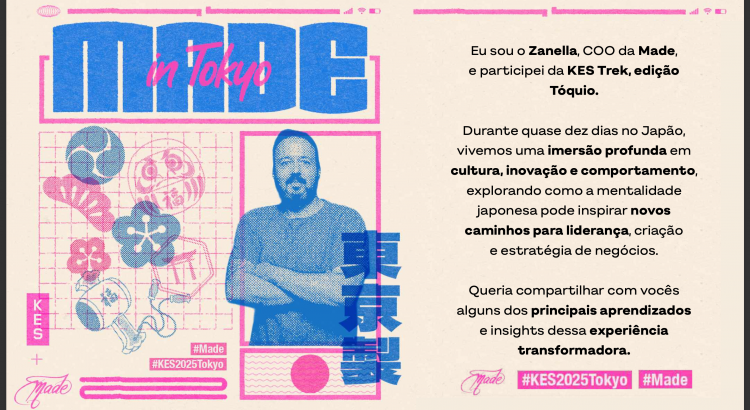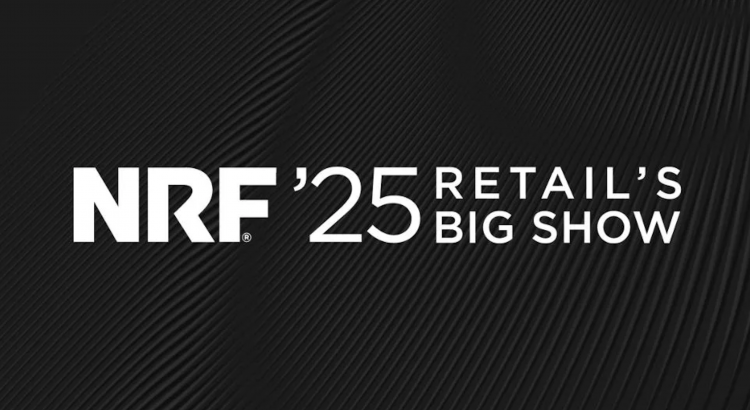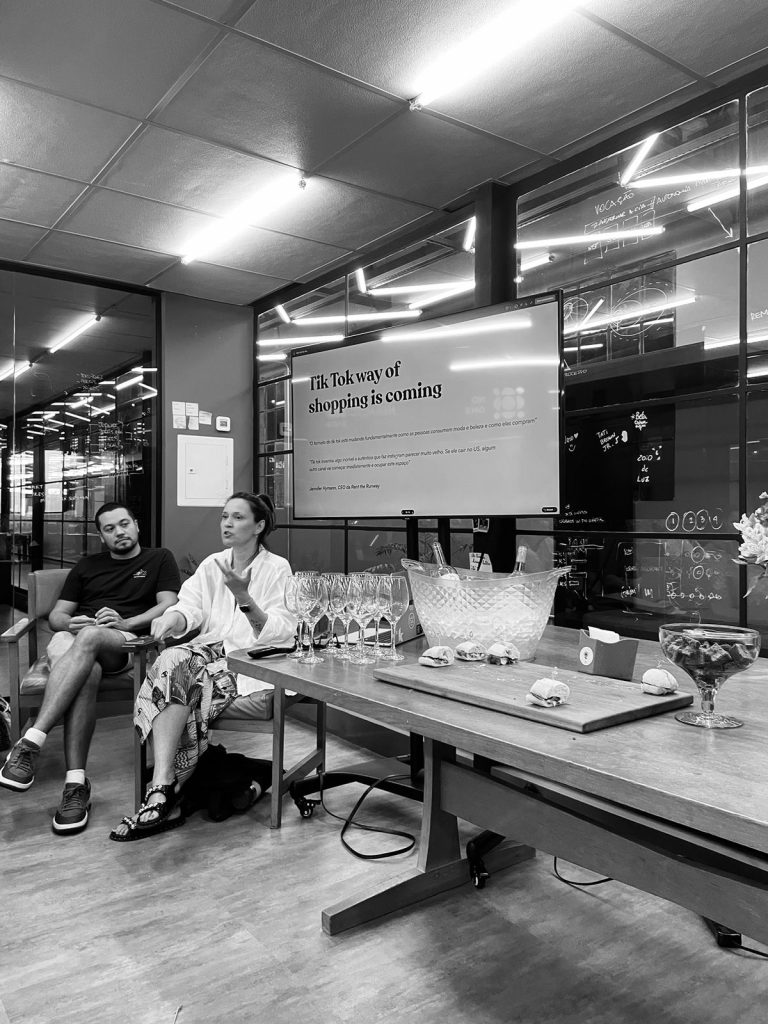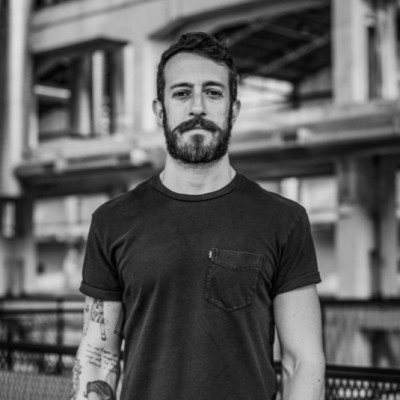Guest Author: David S. Tufts / Innovation Leader at Gordon Food Service
Picture this: It’s 7 AM, I’m staring at my laptop with a project deadline looming, a backlog of emails demanding attention, and a team meeting in an hour that I haven’t prepared for. Five years ago, this would have triggered a stress response and a desperate dash for more coffee. Today? I take a deep breath, open my suite of AI tools, and begin a collaborative dance that transforms my workflow.
But this isn’t just about checking tasks off a list faster. The revolution happening at our fingertips goes deeper—it’s reshaping how we think, how we create, and how we connect with each other. As an IT Manager, I’ve witnessed firsthand how these tools have fundamentally changed not just what I can accomplish but how I approach problems, both professionally and personally.
Today, I want to share this journey—from initial experimentation to discovering a new kind of synergy between human creativity and artificial intelligence—and explore how these tools are transforming two critical dimensions of our lives: personal productivity and creative potential.
The Evolution of My AI Toolkit
My relationship with AI productivity tools began like many others—with curiosity. In early 2021, when Jasper.ai launched with its foundation on OpenAI’s GPT API, I was immediately intrigued by its potential. I created an account and began experimenting with it for personal creative writing projects, amazed at how it could help overcome writer’s block and generate fresh perspectives. Then, when OpenAI launched ChatGPT in late 2022, I quickly switched over, drawn by its lower monthly subscription options. This early adoption gave me a front-row seat to the evolution of these technologies, allowing me to integrate them into my workflow even before they became mainstream tools.
The Foundation: Brainstorming and Writing
ChatGPT quickly evolved from a novelty to an indispensable brainstorming partner. Where I once stared at blank documents waiting for inspiration, I now engage in rapid-fire dialogues that unlock ideas I hadn’t considered.
I’ve further personalized this experience by creating Custom GPTs tailored to specific roles in my workflow. For example, I have a Custom GPT that thinks like a project manager, helping organize complex initiatives and offering structured approaches to planning.
The Specialist Layer: Creative Development and Coding
Claude Sonnet has become my go-to for tasks requiring more nuanced thinking. I’ve found myself relying on Claude’s Projects feature when wrestling with complex code architecture problems for an app that I’m developing as a personal side-project. After describing an issue to Claude, within minutes, we were exploring solutions I hadn’t considered.
In its latest iteration, Claude 3.7 Sonnet, has taken this collaboration to new heights. Last month, Claude helped me refactor a particularly challenging piece of code, reducing complexity while improving performance. The cognitive load this removed was significant—allowing me to focus on strategic decisions rather than getting bogged down in implementation details. It’s fascinating how this partnership with an AI coding tool has changed my approach to problem-solving.
The Knowledge Layer: Research and Collaboration
Perplexity has transformed how I conduct research. Before, I could spend hours sifting through search results, attempting to synthesize information from disparate sources. Now, Perplexity does this heavy lifting, providing comprehensive answers with clear citations.
This shift allows me to delegate information processing tasks to external tools, freeing up cognitive bandwidth for higher-level thinking. Just as calculators extended our mathematical capabilities, this AI research tool extends my ability to process and synthesize complex information efficiently.
The Expressive Layer: Visual Content and Communication
Midjourney entered my toolkit when preparing for a coaching and mentoring curriculum and presentation. Instead of using stock images, I generated visuals that precisely captured complex concepts with rich, tailored imagery. The improvement to the slide deck were immediately noticeable.
The Workflow Layer: Productivity Suite Integration
Gemini has seamlessly integrated AI assistance into our Google Workspace environment. By embracing AI assistance directly inside my daily productivity tools, I don’t need to context-switch; help is available right where I’m already working. For example, the “Help me write” feature in Gmail has measurably improved my communication efficiency, reducing email composition time by nearly 30%.
The Innovation Layer: Experimental and Development Tools
OpenRouter and Bolt.diy represent the cutting edge of my AI toolkit. These tools allow me to experiment with different models and applications, particularly for a personal app development project using Google’s Flutter. By maintaining this experimental layer in my toolkit, I continue to discover new possibilities and prevent stagnation in my AI adoption journey.
Personal Productivity Transformation
The most obvious benefit of AI integration has been productivity gains. But what’s less obvious—and more profound—is how these tools have transformed my relationship with time and attention.
Before integrating AI tools, I followed conventional productivity wisdom: block time, prioritize tasks, and minimize distractions. While effective, this approach had diminishing returns. There are only so many hours in a day, and only so much faster you can work before quality suffers.
AI tools shifted this paradigm from time management to attention amplification. Instead of just working faster, I now work differently. For instance, when creating a strategic brief for a complex technology project:
- I use ChatGPT to develop a detailed implementation strategy and to rapidly generate an initial structure
- Perplexity helps research industry trends and competitive landscapes
- Gemini helps create a rough draft directly inside of Google Docs
- Midjourney creates rich visuals that help communicate concepts
- Claude Sonnet helps to craft the perfect final draft with a flair of creative writing
This process doesn’t just save time—it transforms the quality of my thinking by allowing me to operate at a higher level of abstraction. I’m no longer constrained by my working memory or processing speed; the AI handles the mechanical aspects while I focus on judgment, synthesis, and creative direction. Our brains can only consciously process a limited amount of information at once. By offloading certain cognitive tasks to AI, we expand this bottleneck, allowing for more complex thinking.
Unlocking Creative Potential
Beyond productivity gains, these AI tools have dramatically expanded my creative capabilities. The traditional creative process often involves overcoming initial barriers—the intimidating blank page, the fear of producing mediocre work, and the limitations of our own experience.
AI tools function as creativity accelerants by:
- Bypassing creative blocks: When facing writer’s block or design challenges, tools like ChatGPT and Claude offer immediate starting points and alternative perspectives
- Expanding aesthetic possibilities: Midjourney allows me to visualize concepts I could never have created manually, expanding my visual vocabulary
- Encouraging experimentation: The low cost of iteration with AI tools means I can explore multiple creative directions quickly, trying approaches I might have dismissed as too time-consuming
In one recent project developing training materials, I created seven different narrative approaches using Claude in less than an hour—a process that would have previously taken days. This ability to rapidly prototype creative work has fundamentally changed how I approach creative challenges.
From Individual Tools to AI-Augmented Organizations
As these tools transform individual productivity and creativity, they’re beginning to reshape organizational structures and workflows. We’re just beginning to understand the potential of human-AI collaboration. The organizations that will thrive won’t be those that simply deploy the most advanced AI tools but those that most thoughtfully integrate them into their human systems.
When I first began experimenting with Jasper.ai in 2021, I couldn’t have imagined how completely it would transform my work life. From those tentative beginnings to today’s integrated ecosystem of AI tools, the journey has been one of continuous discovery.
What I’ve learned is that the question isn’t whether AI will change how we work—it already has. The real question is how we adapt our organizations, workflows, and mindsets to harness these tools in ways that enhance our humanity rather than diminish it.
The future belongs not to organizations that deploy AI as a cost-cutting measure or productivity hack but to those that reimagine work as a human-AI partnership—where technology handles the routine, the predictable, and the computational, freeing humans to focus on what we do best: imagine, connect, and create.
This isn’t just about building more efficient organizations; it’s about creating more fulfilling work lives. It’s about spending less time on digital drudgery and more time on meaningful challenges. It’s about augmenting our capabilities while honoring our humanity.











